Advertisement
Here are some classic cars you may have forgotten about
Advertisement
Cars are more than just machines; they're capsules of memories. The thrill of revving up an engine that echoed through the neighborhood, the pride of cruising down the main street in a shiny new ride, or the simple joy of a weekend drive with no destination in mind. These cars were the backdrop of countless stories, yet as time moved on, their names faded from our collective memory. Let's journey back and rediscover some of these forgotten classics. Do these names ring a bell? Or have they been lost in the annals of time?
Dodge Dart Swinger
The Dodge Dart Swinger, produced between 1969 and 1976, was the epitome of the 70s spirit. Built on the foundation of the earlier Dart models, the Swinger was Dodge's answer to the compact car market. Its sleek design, characterized by its two-door body and distinctive tail lights, made it a favorite among the youth. While it might not have been the fastest car on the block, it sure had character. Many remember it as their first car, a symbol of freedom and the open road.
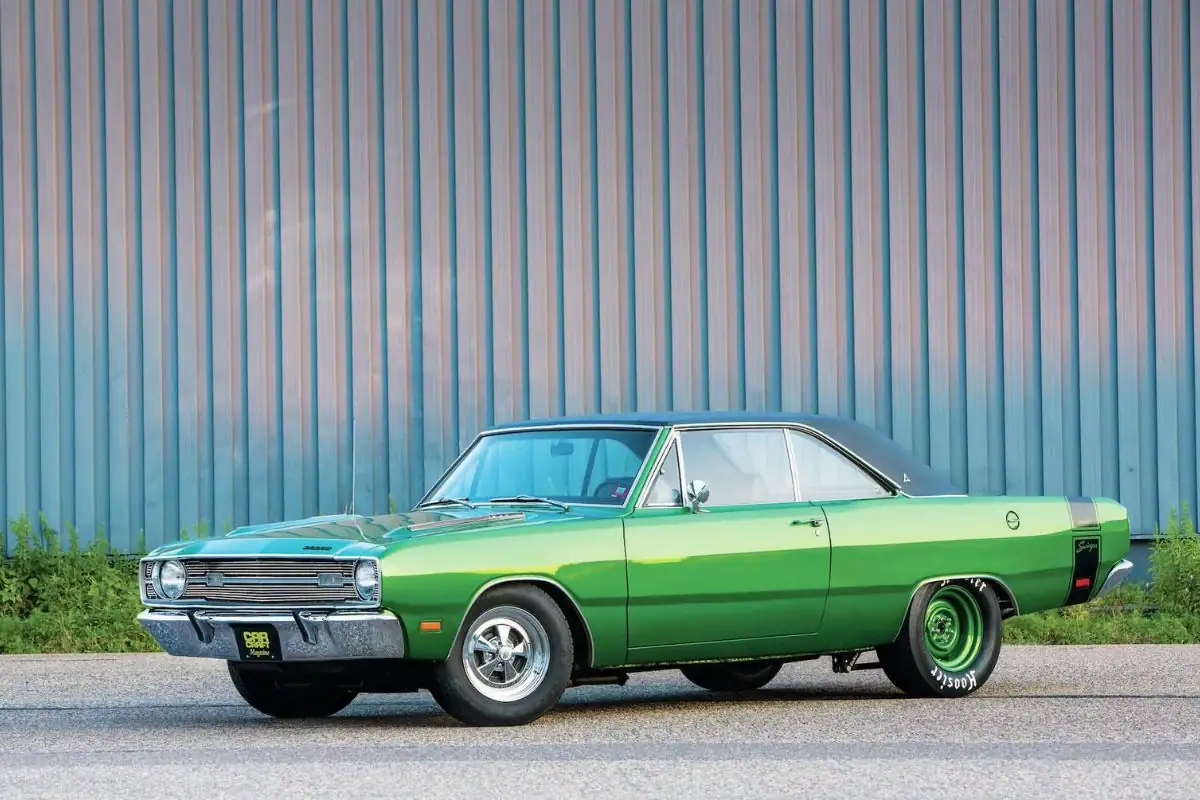
Advertisement
AMC Matador Coupe
The AMC Matador Coupe, with its production run from 1974 to 1978, was a bold attempt by American Motors to capture the personal luxury car segment. Its unique design, often described as "futuristic," set it apart from the crowd. The Matador Coupe was more than just a pretty face; it was also a regular on the NASCAR circuit in the mid-70s. While it might not have achieved the same fame as some of its contemporaries, it remains a symbol of a time when automakers were willing to take risks.
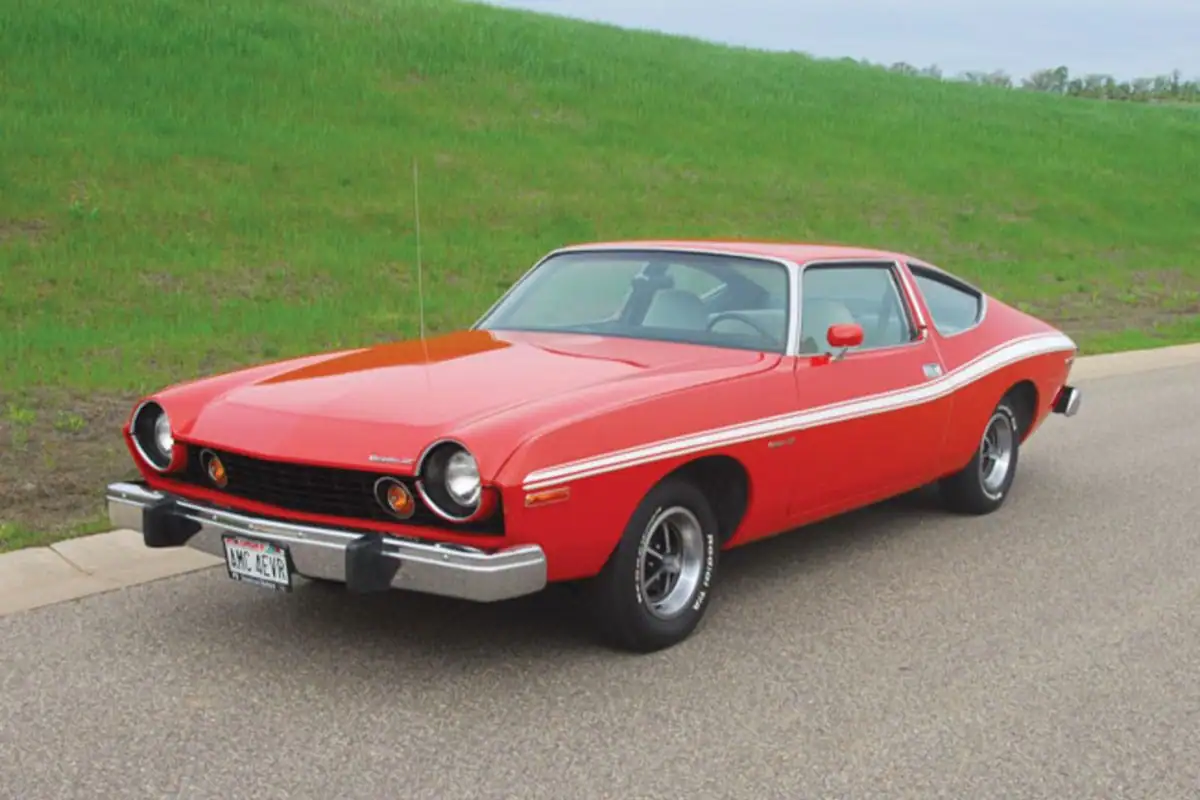
Advertisement
Mercury Comet
The Mercury Comet, which graced the roads from 1960 to 1977, was initially introduced as a compact car but soon evolved into a mid-sized marvel. Its elegant design, combined with a range of powerful engines over the years, made it a versatile choice for families and enthusiasts alike. The Comet was more than just a mode of transportation; it was a statement. Whether it was the young executive driving to work or the family heading out for a vacation, the Comet was a trusted companion.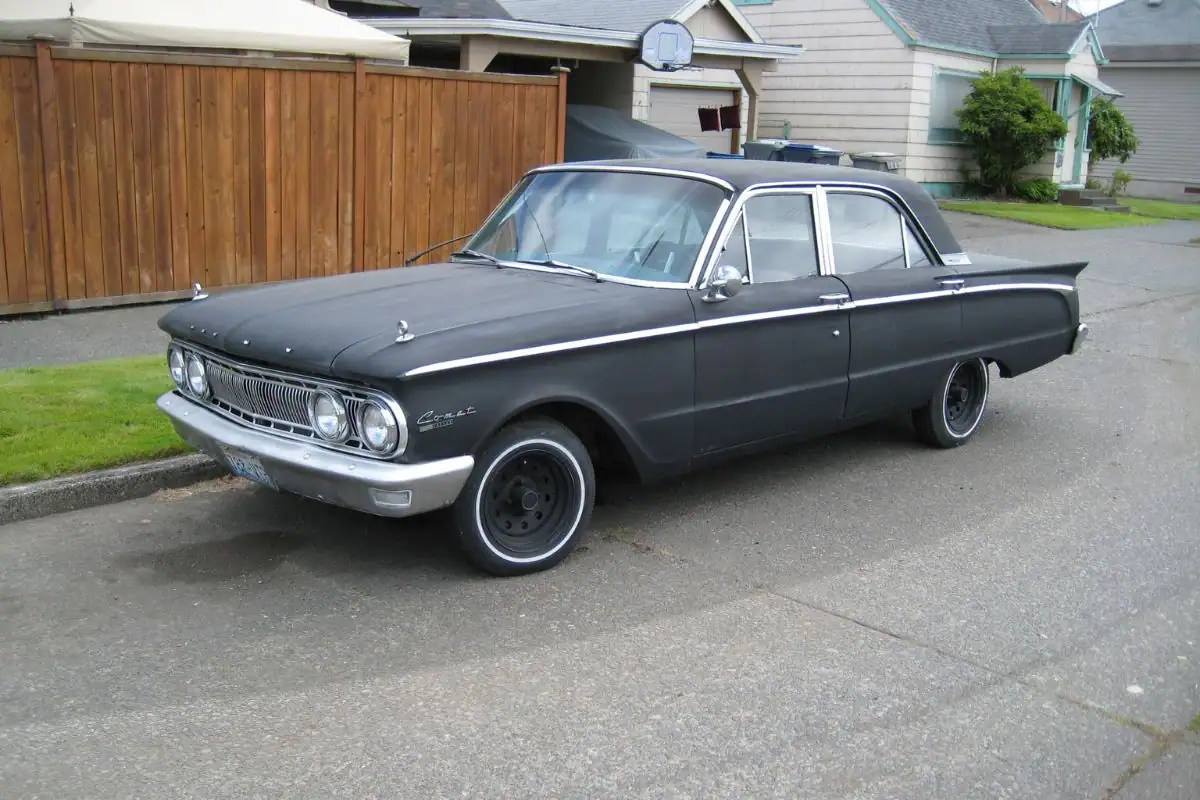
Advertisement
Pontiac Fiero
The Pontiac Fiero, launched in 1983, was a bold move by America to challenge European mid-engine sports cars. Its distinctive plastic body panels and sporty design made it an instant favorite, especially among younger drivers. However, by 1988, production challenges led to its discontinuation. Despite its short lifespan, the Fiero remains a symbol of American innovation in the automotive world, representing a time when car manufacturers were willing to experiment and redefine design norms.
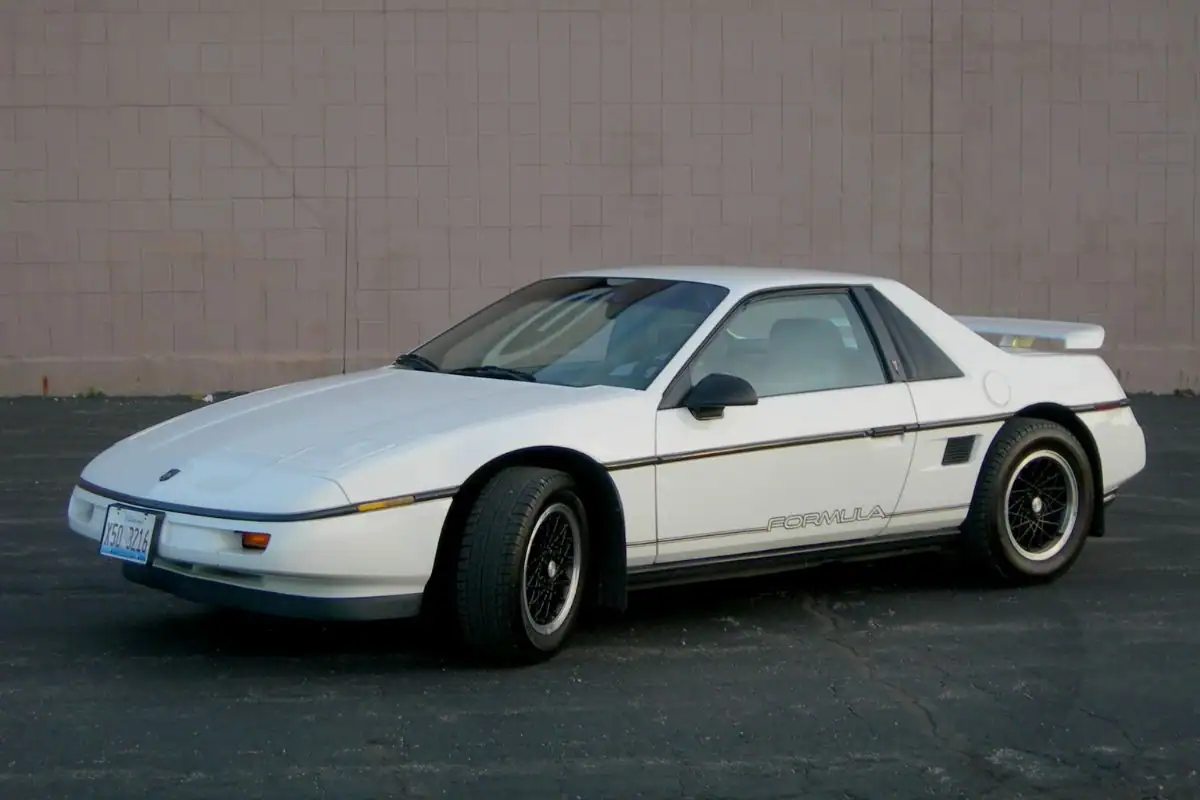
Advertisement
Studebaker Lark
The late 1950s saw Studebaker introducing the Lark, aiming to capture the compact car market. Its economical design combined with efficient performance made it an ideal choice for city dwellers. As urban areas became more congested, the Lark offered a solution with its compact size without compromising on style or performance. Its legacy is a testament to Studebaker's commitment to innovation during a transformative period in automotive history.
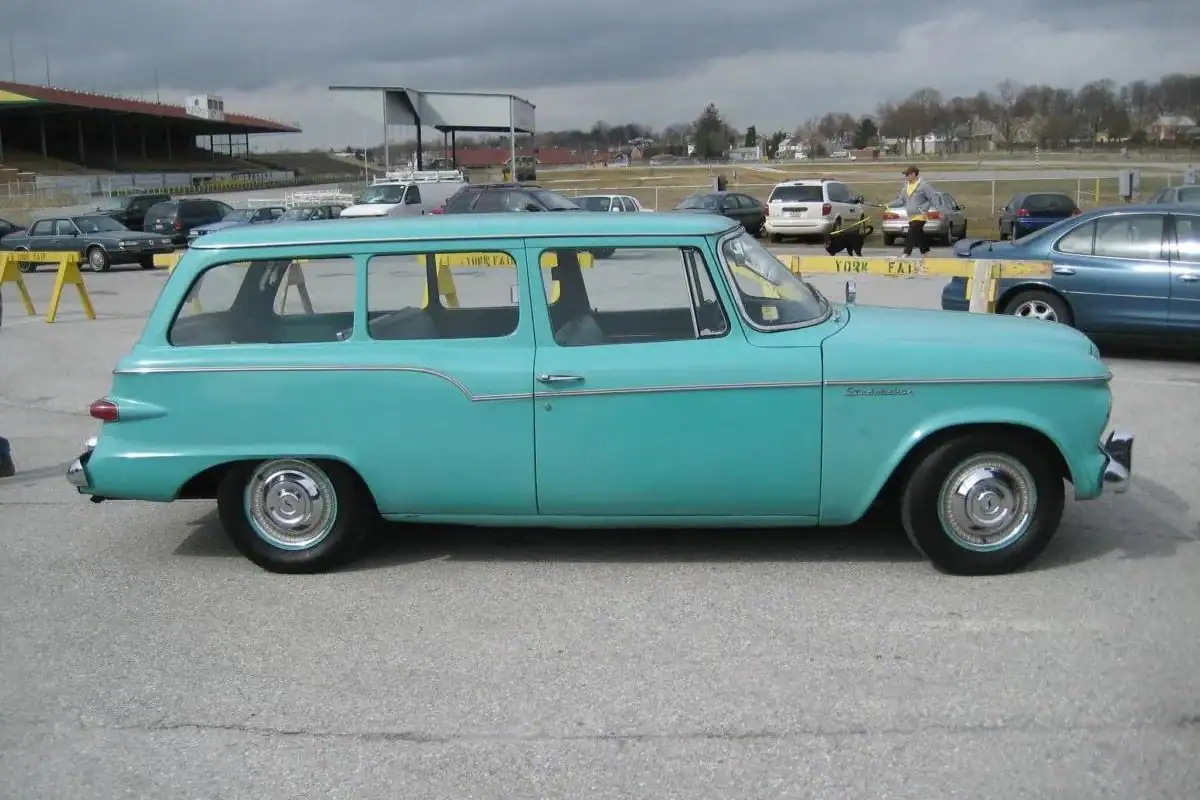
Advertisement
Hudson Hornet
The Hudson Hornet, dominant on the NASCAR circuits in the early 1950s, was a perfect blend of luxury and performance. Its unique "step-down" design coupled with the powerful Twin H-Power engine positioned it as a leader in its class. Beyond its racing accolades, the Hornet was also a family car, offering comfort and style. Its dual identity made it a favorite among a diverse group of drivers during its era.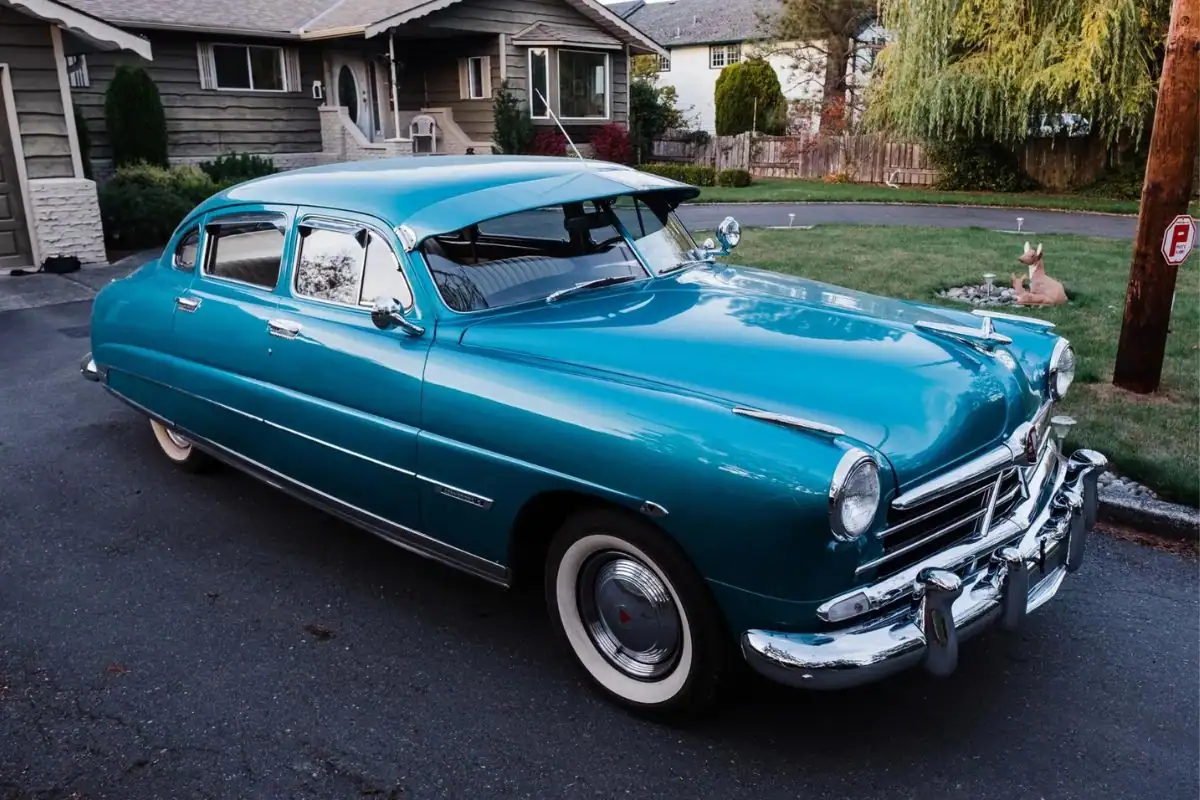
Advertisement
AMC Javelin
Between 1967 and 1974, the Javelin marked AMC's entry into the competitive pony car market. Its robust design and commendable performance positioned it as a strong contender against established rivals. The Javelin wasn't just about speed; its design aesthetics reflected the cultural shifts of the 1970s. It was a car that represented change, freedom, and the spirit of rebellion, making it a memorable model in AMC's lineup.
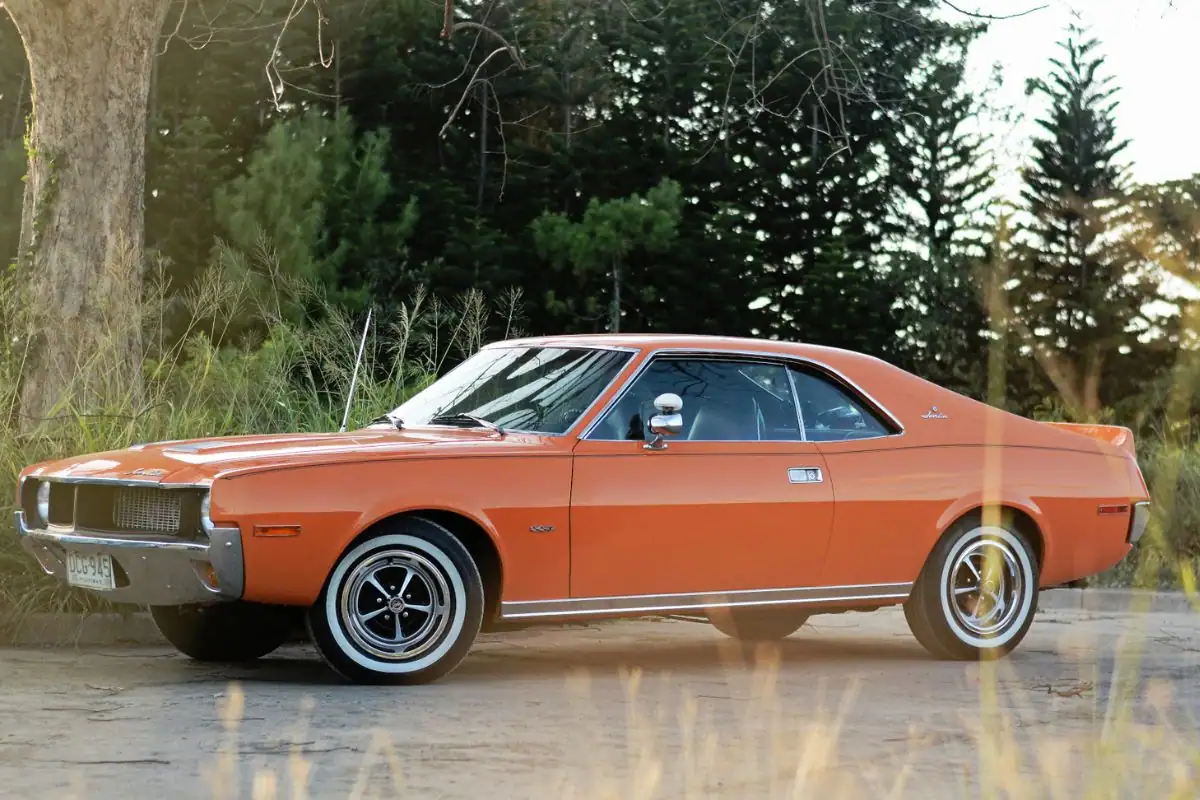
Advertisement
Chrysler Newport
The Chrysler Newport, popular in the 1960s and 70s, was synonymous with luxury. Known for its spacious interiors, it provided a smooth ride, making long drives a pleasure. As families grew and road trips became a popular pastime, the Newport was the vehicle of choice for many. Its combination of comfort, style, and reliability made it a trusted companion on highways and city streets alike.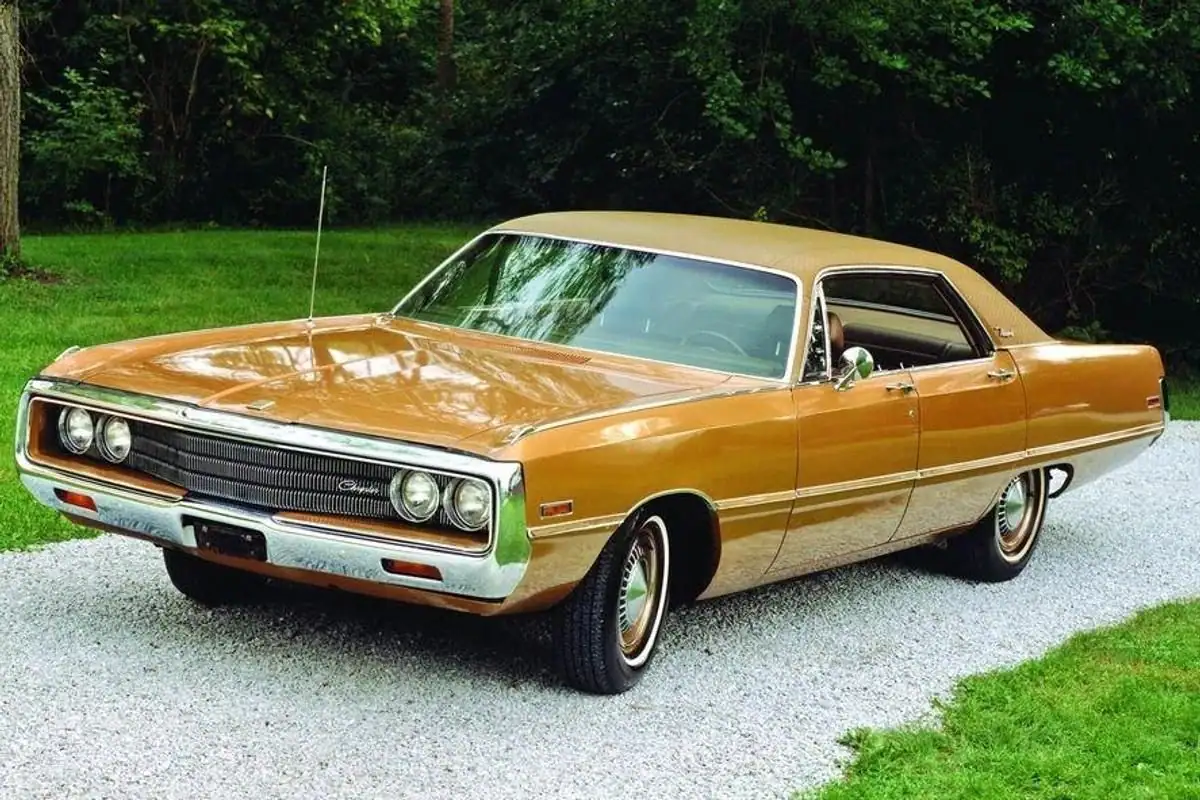
Advertisement
Oldsmobile Toronado
The Toronado, introduced in 1966 by Oldsmobile, was a trailblazer with its rare front-wheel-drive system. This innovation, combined with luxury elements, distinguished it in the Oldsmobile lineup. The Toronado wasn't just about technical advancements; it was about redefining luxury in the automotive world. Its legacy is a reminder of a time when car manufacturers pushed boundaries to offer something truly unique to drivers.
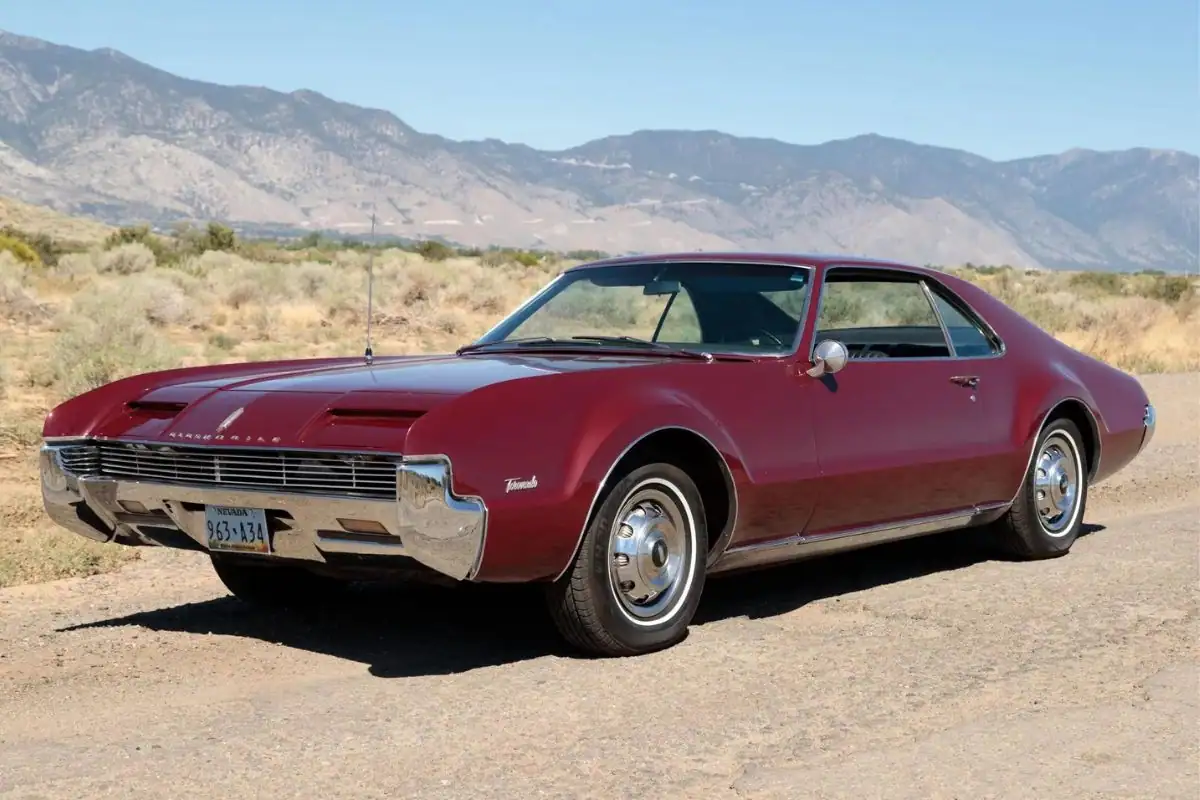
Advertisement
Plymouth Valiant
In 1960, Plymouth introduced the Valiant, addressing the rising demand for compact cars. Its reliable slant-six engine and distinctive design quickly made it a favorite. As urbanization increased and parking spaces became scarce, the Valiant's compact design was a boon. It wasn't just a car; it was Plymouth's vision of the future, reflecting the changing dynamics of American society.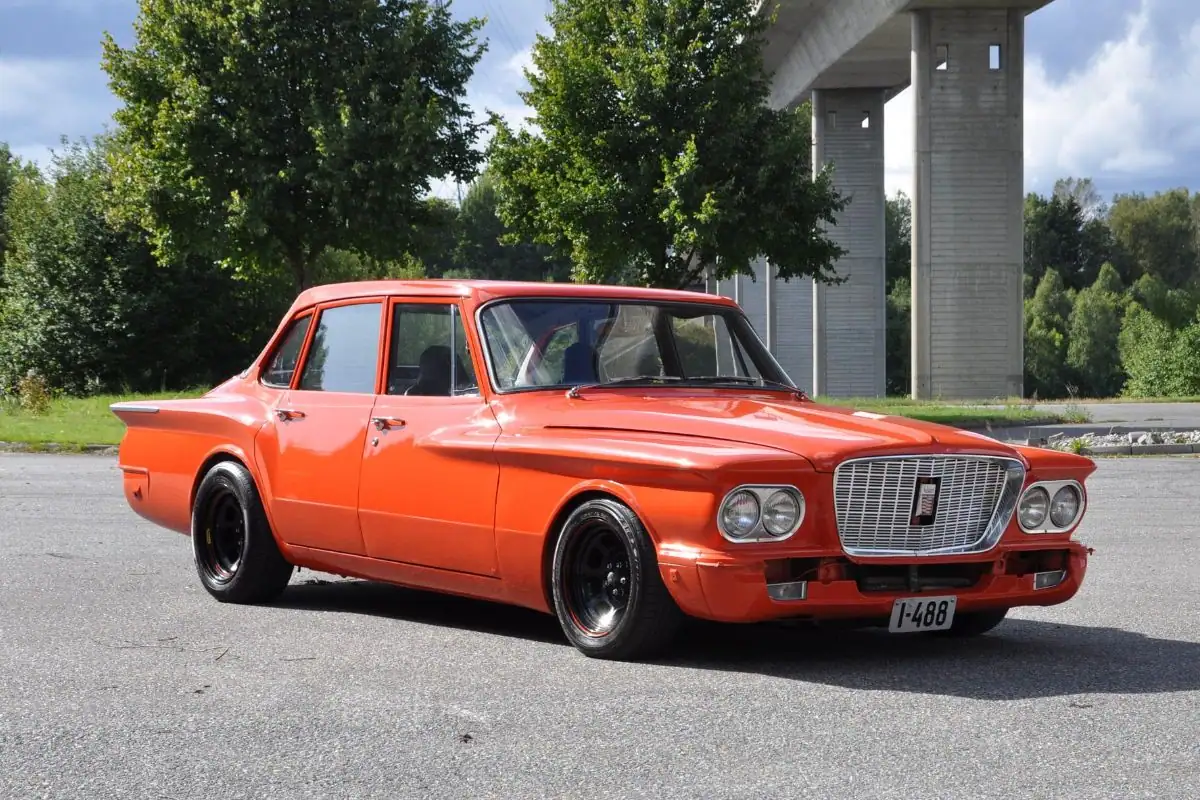
Advertisement
Chevrolet Corvair
The Chevrolet Corvair, known for its rear-engine design, was a departure from traditional American car norms. While it faced its share of controversies, over time, it has gained a dedicated following. The Corvair was Chevrolet's experiment, a step away from convention, reflecting the adventurous spirit of the 1960s. Its unique design and engineering choices make it a standout in automotive history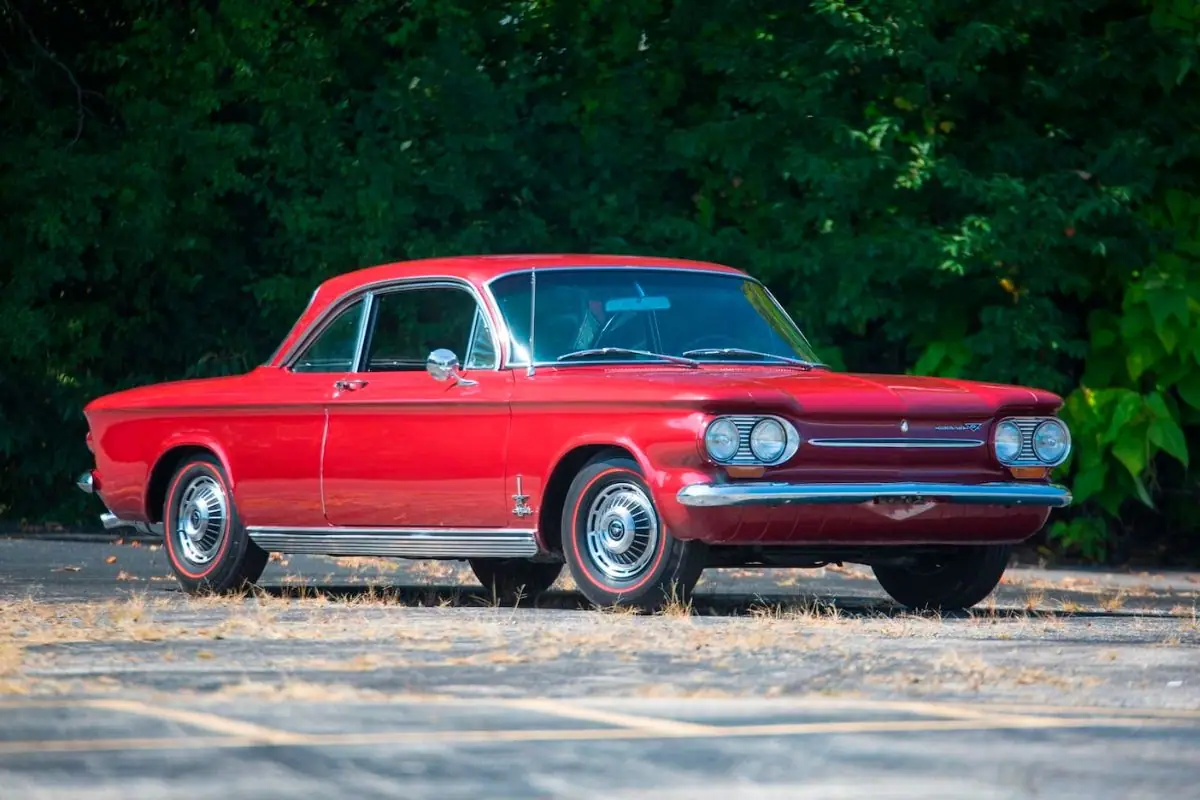
Advertisement
Dodge Polara
The Polara, a full-sized car of the 1960s, was Dodge's answer to the demand for powerful yet stylish vehicles. With its range of powerful engines and elegant design, it catered to those who wanted performance without compromising on aesthetics. The Polara was more than just transportation; it was a statement of style, reflecting the aspirations of its drivers during a dynamic era.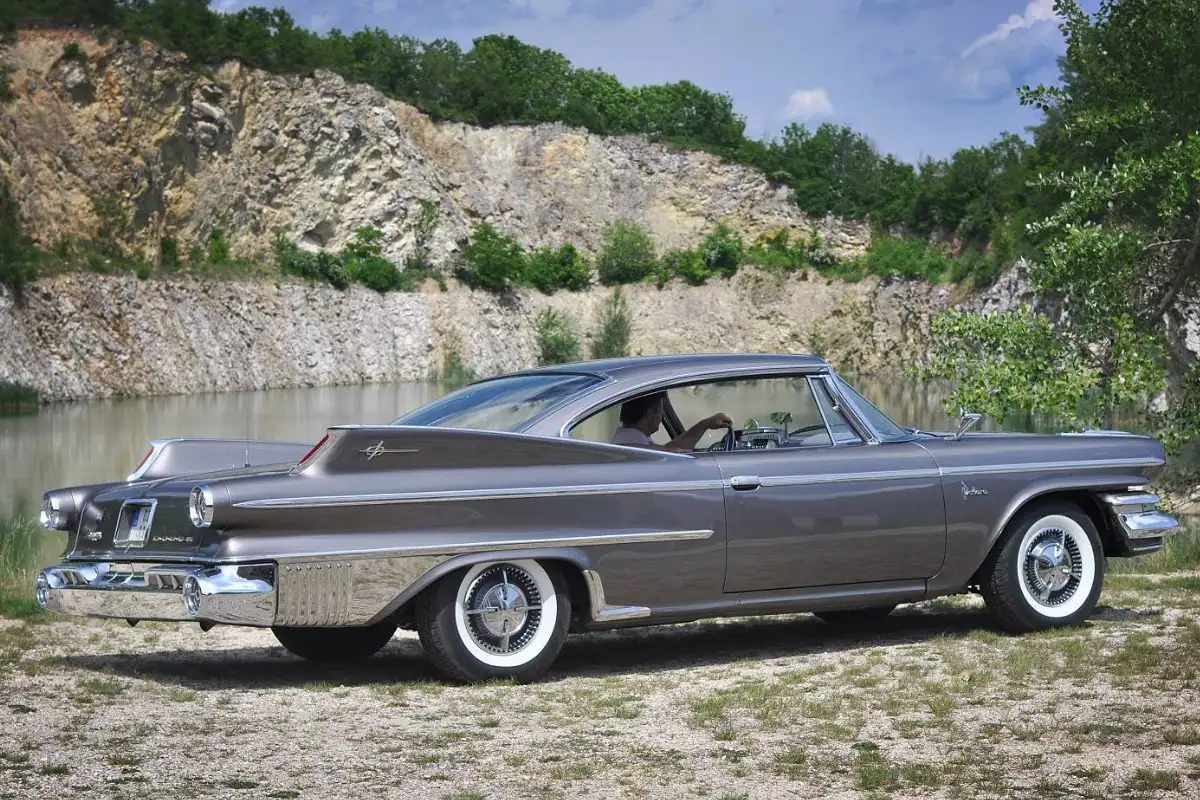
Advertisement
Mercury Cyclone
The Mercury Cyclone, a performance-oriented offshoot of the Comet, was all about power and speed. Its aggressive design aesthetics combined with its racing background made it a top choice for those who prioritized performance. Beyond the racetrack, the Cyclone was also a symbol of the fast-paced life of the 1970s, capturing the essence of a generation that was always on the move.

Advertisement
Pontiac Tempest
The early 1960s saw the introduction of the Pontiac Tempest, a car that was ahead of its time. With innovative features like a rear transaxle and a unique four-cylinder engine, it stood out in a crowded market. The Tempest was Pontiac's vision of the future, combining technical innovation with stylish design, making it a favorite among those who valued both form and function.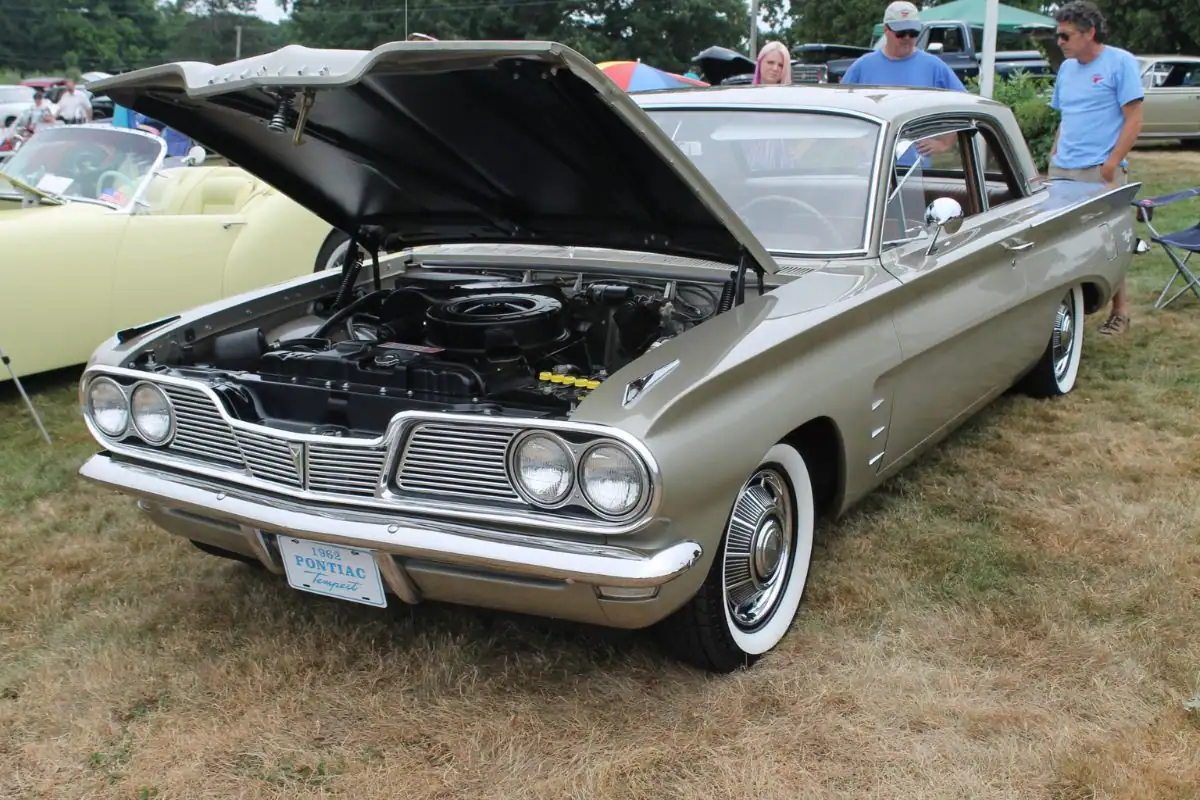
Advertisement
AMC Gremlin
The Gremlin, with its distinct hatchback design, was AMC's solution to the fuel challenges of the 1970s. Its compact design was perfect for city commuting, offering efficiency without sacrificing style. The Gremlin was more than just a car; it was a reflection of the times, representing the adaptability and resilience of the American automotive industry during challenging times.
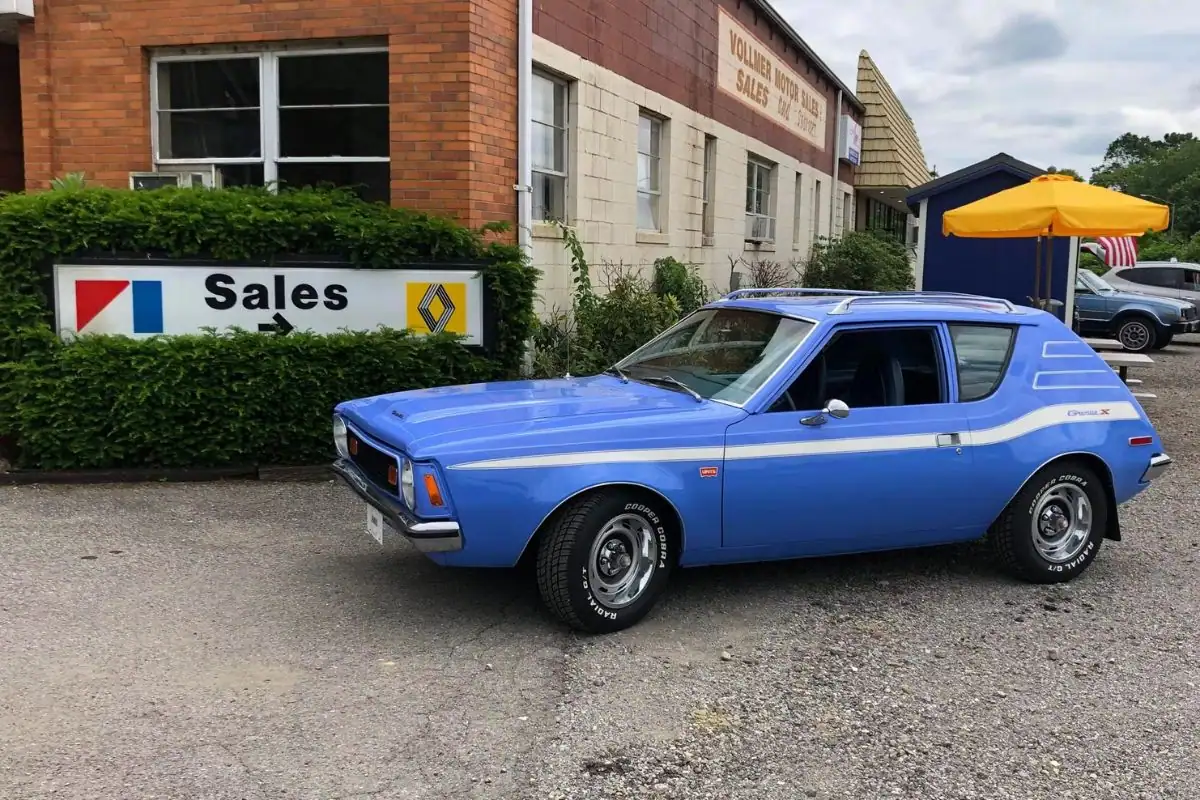
Advertisement
Ford Fairlane
The Fairlane, named after Henry Ford's estate, was a versatile vehicle that evolved over the years. From a full-sized sedan to a mid-sized car, it catered to a diverse audience. Its adaptability and range of options made it a popular choice, reflecting Ford's commitment to meeting the varied needs of its customers during the transformative 1960s.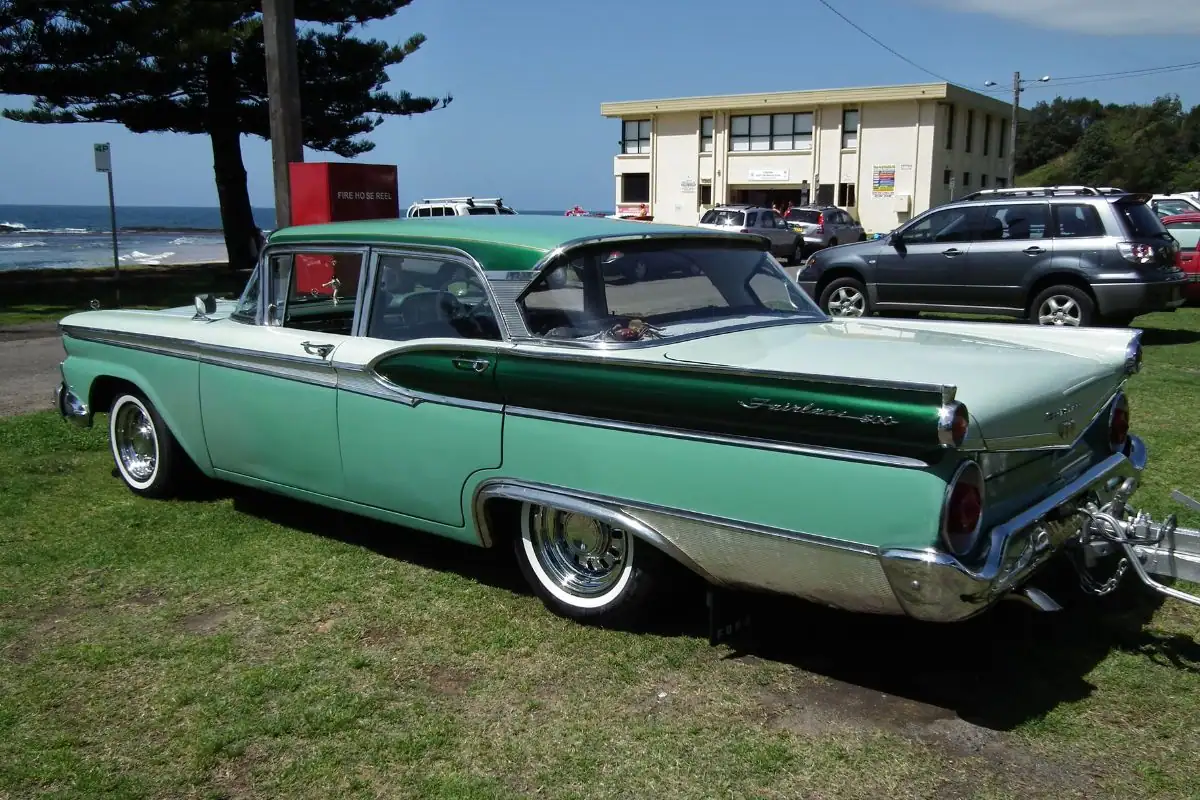
Advertisement
Chevrolet Vega
The early 1970s saw the introduction of the Chevrolet Vega, a subcompact car that aimed to combine efficiency with style. While it faced challenges during its production run, it remains notable for its aluminum engine and streamlined design. The Vega represents Chevrolet's efforts to adapt and innovate in response to the changing demands of the market.
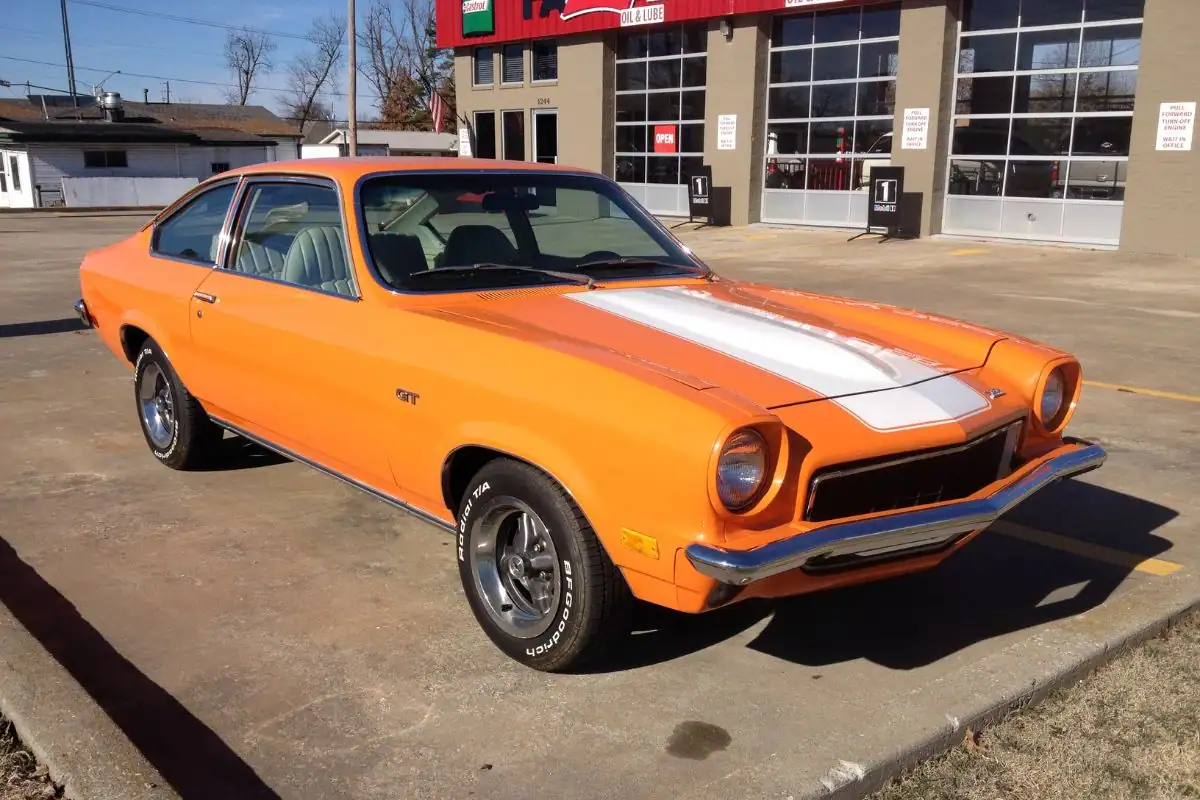
Advertisement
Buick Skylark
The Skylark, a mainstay of the Buick lineup, underwent various transformations over the decades. From a compact car to a luxury sedan, it catered to a wide spectrum of consumers. Its enduring popularity is a testament to Buick's ability to evolve and reinvent itself, ensuring that the Skylark remained relevant and loved through changing times.
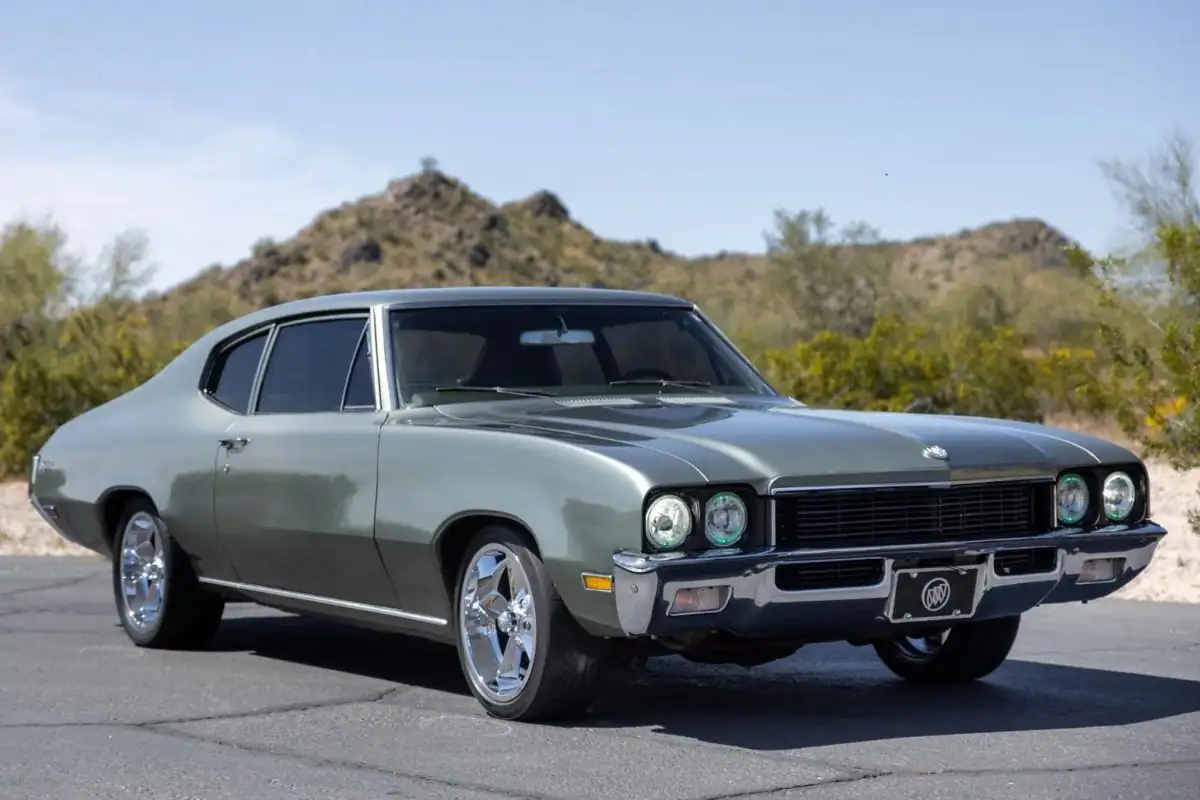
Advertisement
Dodge Monaco
The Monaco, known for its luxury features, was Dodge's flagship model. Offering both comfort and style, it was the go-to vehicle for those looking to make an impression. Beyond its aesthetics, the Monaco was also about performance, ensuring that drivers didn't have to choose between luxury and power, making it a standout in its class.
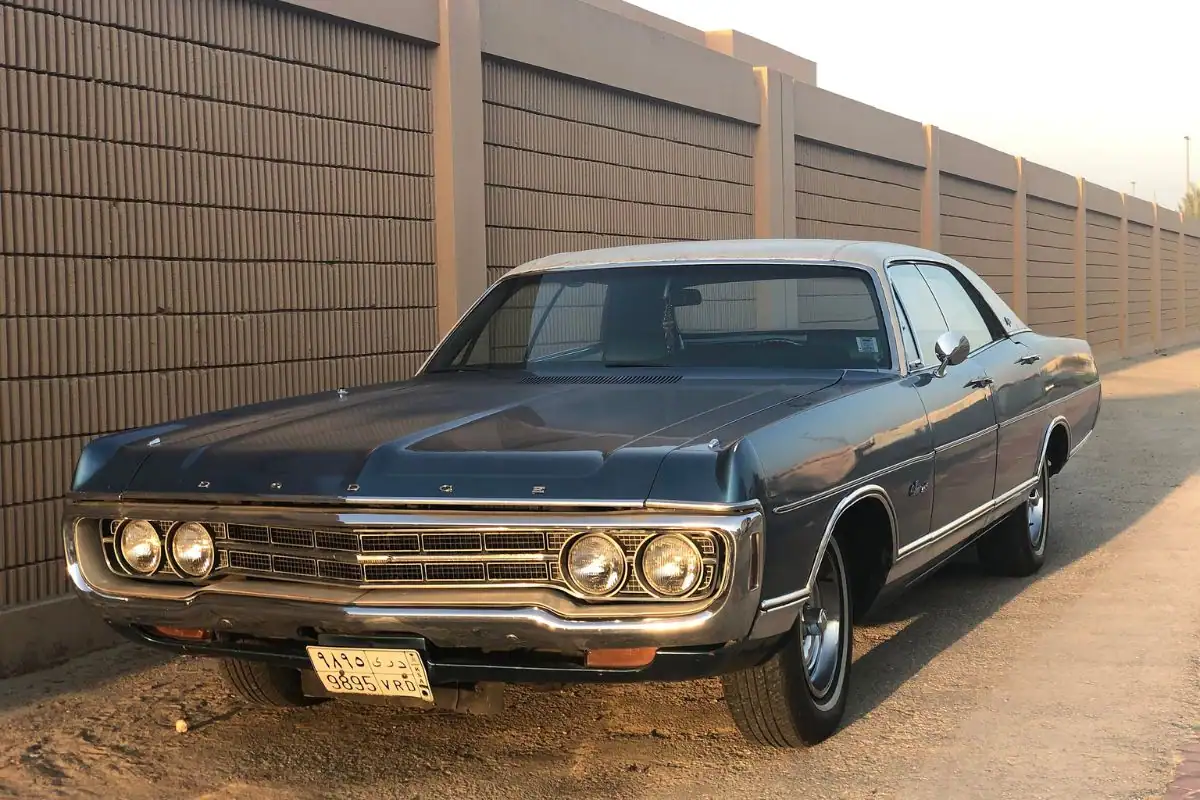
Advertisement
Oldsmobile Cutlass
The Cutlass, one of the best-selling cars of the 1970s, was a testament to Oldsmobile's commitment to versatility. From the sporty 442 model to the opulent Supreme, the Cutlass range catered to a diverse audience. Its enduring popularity is a reflection of its ability to resonate with different generations, making it a classic in every sense.
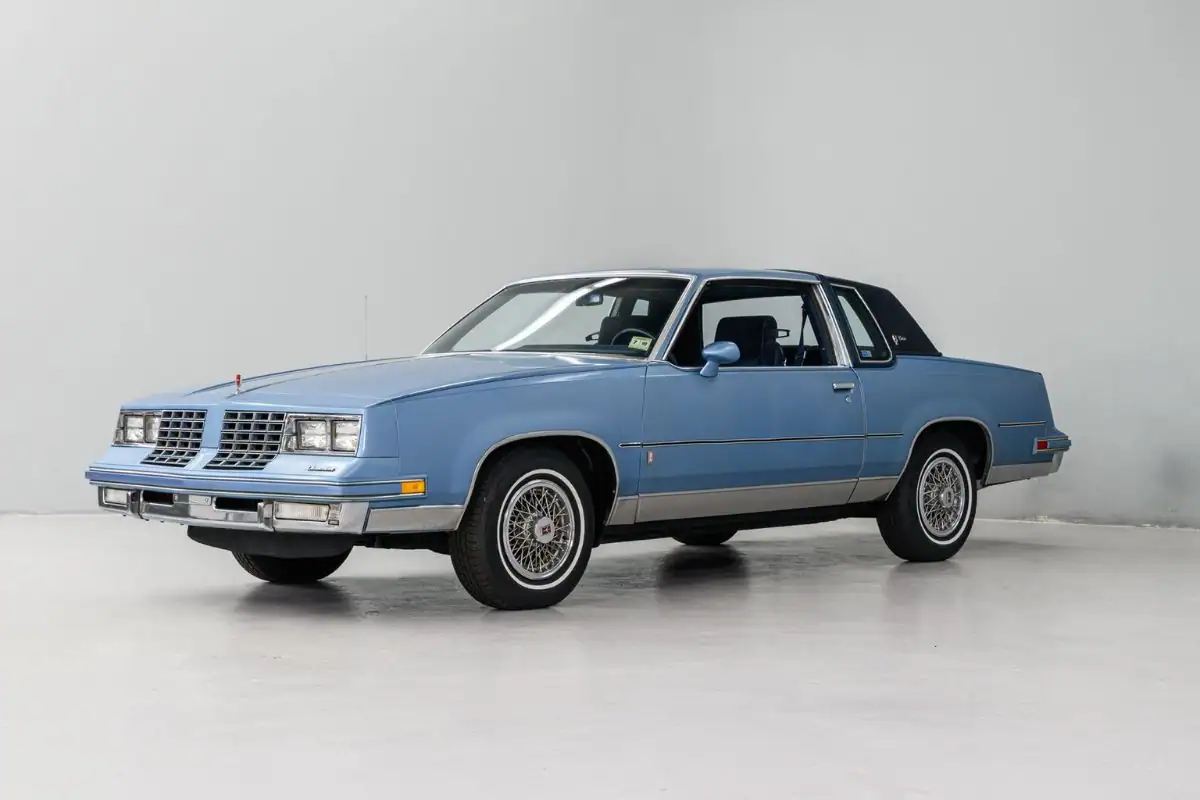
Advertisement
Plymouth Fury
The Fury, a symbol of the 1950s and 60s, was Plymouth's premium offering. Known for its iconic tail fins and powerful engines, it was a favorite among those who valued style and performance. The Fury wasn't just a car; it was a representation of the optimism and dynamism of post-war America, capturing the spirit of a nation on the move.

.png)




